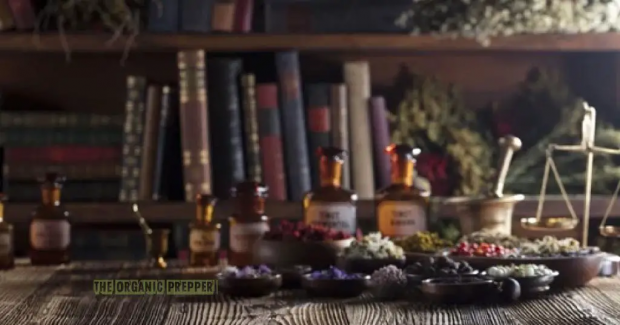
Breaking News
 Engineered backdoors in technology, have given intelligence agencies unfettered powers.
Engineered backdoors in technology, have given intelligence agencies unfettered powers.
 AI-Powered Robots Plant Trees in China's Deserts
AI-Powered Robots Plant Trees in China's Deserts
 Judge Temporarily Blocks DOJ From Using Evidence Proving James Comey's Guilt
Judge Temporarily Blocks DOJ From Using Evidence Proving James Comey's Guilt
 Offer Royale: Paramount-Netflix Bidding War For Warner Bros Heats Up In A Blockbuster Showdown
Offer Royale: Paramount-Netflix Bidding War For Warner Bros Heats Up In A Blockbuster Showdown
Top Tech News
 Build a Greenhouse HEATER that Lasts 10-15 DAYS!
Build a Greenhouse HEATER that Lasts 10-15 DAYS!
 Look at the genius idea he came up with using this tank that nobody wanted
Look at the genius idea he came up with using this tank that nobody wanted
 Latest Comet 3I Atlas Anomolies Like the Impossible 600,000 Mile Long Sunward Tail
Latest Comet 3I Atlas Anomolies Like the Impossible 600,000 Mile Long Sunward Tail
 Tesla Just Opened Its Biggest Supercharger Station Ever--And It's Powered By Solar And Batteries
Tesla Just Opened Its Biggest Supercharger Station Ever--And It's Powered By Solar And Batteries
 Your body already knows how to regrow limbs. We just haven't figured out how to turn it on yet.
Your body already knows how to regrow limbs. We just haven't figured out how to turn it on yet.
 We've wiretapped the gut-brain hotline to decode signals driving disease
We've wiretapped the gut-brain hotline to decode signals driving disease
 3D-printable concrete alternative hardens in three days, not four weeks
3D-printable concrete alternative hardens in three days, not four weeks
 Could satellite-beaming planes and airships make SpaceX's Starlink obsolete?
Could satellite-beaming planes and airships make SpaceX's Starlink obsolete?
The Herbalist's Bookshelf

When I was first learning about herbs, I didn't have a computer. Back in my day, all we had were books.
The internet has been both a boon and a curse for herbalism. On one hand, there are websites with extensive collections of early medical books and herbal books, access to scientific studies on herbs, and articles on herbs and crafting herbal medicine by skilled herbalists. There are loads of YouTube videos with tutorials on herbal skills and plant ID. The best part, the vast majority of it is all free.On the flip side, we also get the clickbait sites with unsupported articles and wild claims of cure-alls. The worst are the Facebook memes. These things just won't die- like the onion slices in a sock that cure everything from the flu to pneumonic plague and how coconut oil "cures" literally everything.
Recommended Reading for Herbalists
Thankfully, we have lots of wonderful, well-researched, and well-written herbal books today – many more than were available when I was learning. I have put together a list of what I consider "required reading" below.
Anatomy and Physiology
• Holistic Anatomy: An Integrative Guide to the Human Body, by Pip Waller, is an anatomy book that resonates with many holistic practitioners. It covers Anatomy in a way that is scientifically sound but is holistic in approach. While there are many A&P textbooks on the market, most are written with the medical field in mind. This book is far more readable to the average person.

 First totally synthetic human brain model has been realized
First totally synthetic human brain model has been realized Mach-23 potato gun to shoot satellites into space
Mach-23 potato gun to shoot satellites into space

